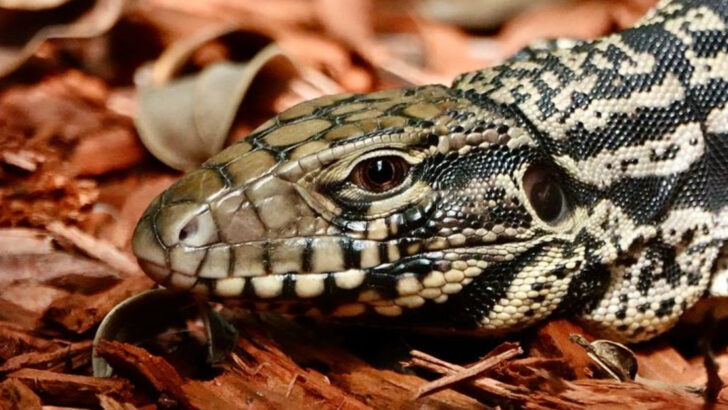Some animals are slipping under the radar and quietly taking over America. These invaders don’t make headlines, but they’re wreaking havoc on local ecosystems, pushing out native species, and causing serious economic damage.
From the swamps of Florida to the forests of the Pacific Northwest, invasive species are spreading fast, often with little notice. They come in all shapes and sizes, some creeping into new territories while others explode in numbers.
What’s worse? Their impact is massive, disrupting food chains, damaging crops, and altering the environment in ways we may not even fully understand. These 20 animals are silently expanding their reach—yet their influence is anything but quiet.
Get ready to meet the stealthy invaders who are quietly reshaping America’s wildlife landscape, one territory at a time.
Burmese Python
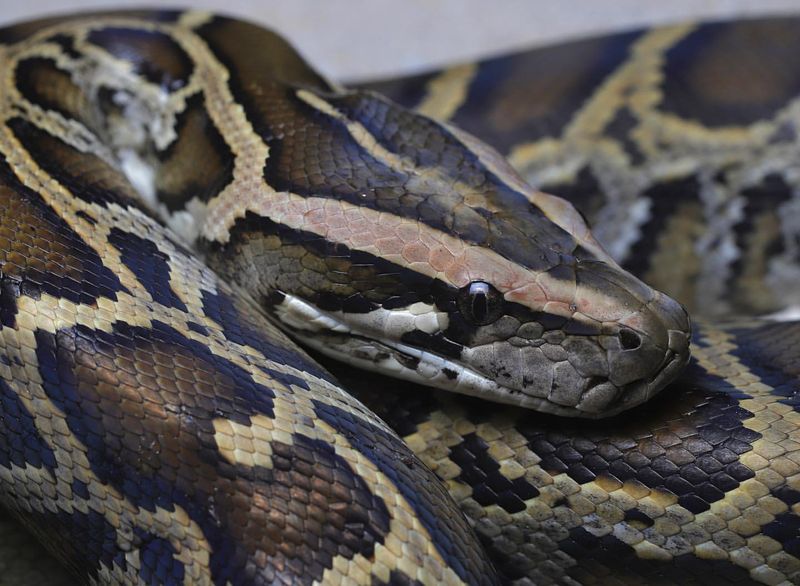
The Burmese Python, native to Southeast Asia, has become a notorious invader in the Florida Everglades. These giant constrictors can grow over 20 feet long and weigh up to 200 pounds. Their presence in Florida is mainly due to escaped or released pets.
These pythons prey on native wildlife, severely impacting the local ecosystem. Their diet includes mammals, birds, and even alligators. Efforts to control their population include organized hunts and the use of detection dogs.
Despite these efforts, they continue to breed rapidly, making them a significant threat to Florida’s biodiversity.
Asian Carp
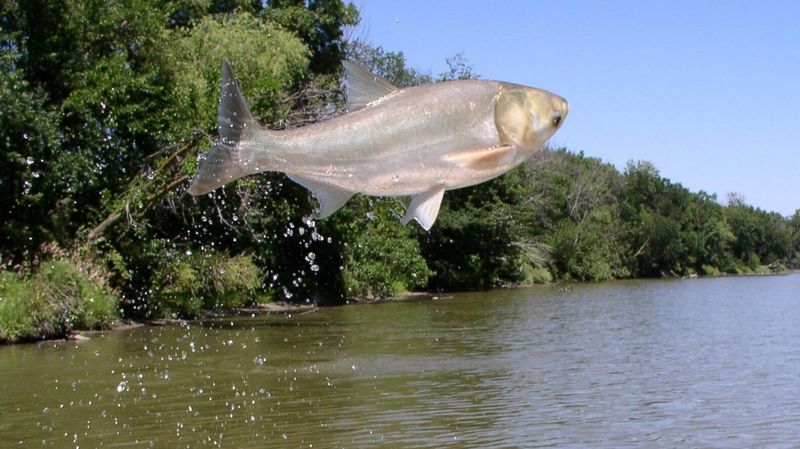
Asian Carp species, including Silver and Bighead Carp, are notorious for their rapid growth and reproduction. Originally introduced to control algae in aquaculture ponds, they have escaped into the Mississippi River system.
These fish outcompete native species for food and habitat, disrupting the natural balance. Their tendency to leap out of the water when disturbed poses a risk to boaters.
Various barriers and removal strategies are in place to prevent their spread to the Great Lakes. Yet, their populations continue to rise, threatening the aquatic ecosystems across the Midwest.
Nutria
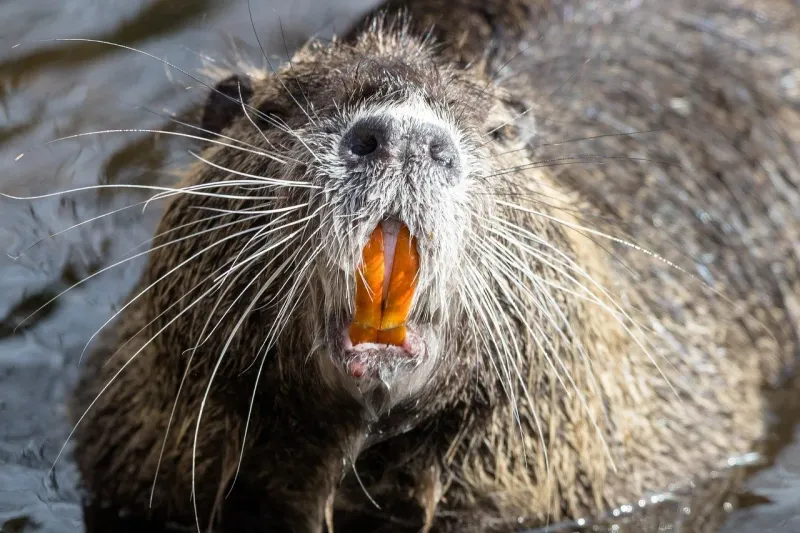
Nutria, also known as coypu, are large, semi-aquatic rodents originally from South America. They were introduced to the U.S. for fur farming but have since established wild populations, especially in the Gulf Coast and Pacific Northwest.
Nutria are voracious eaters, consuming diverse plant species and damaging wetlands. Their burrowing habits weaken levees and dikes, increasing the risk of flooding.
Control efforts include trapping and hunting, but these rodents reproduce rapidly, making eradication challenging. Nutria have become emblematic of the invasive species dilemma, causing ecological and economic damage across affected regions.
European Starling
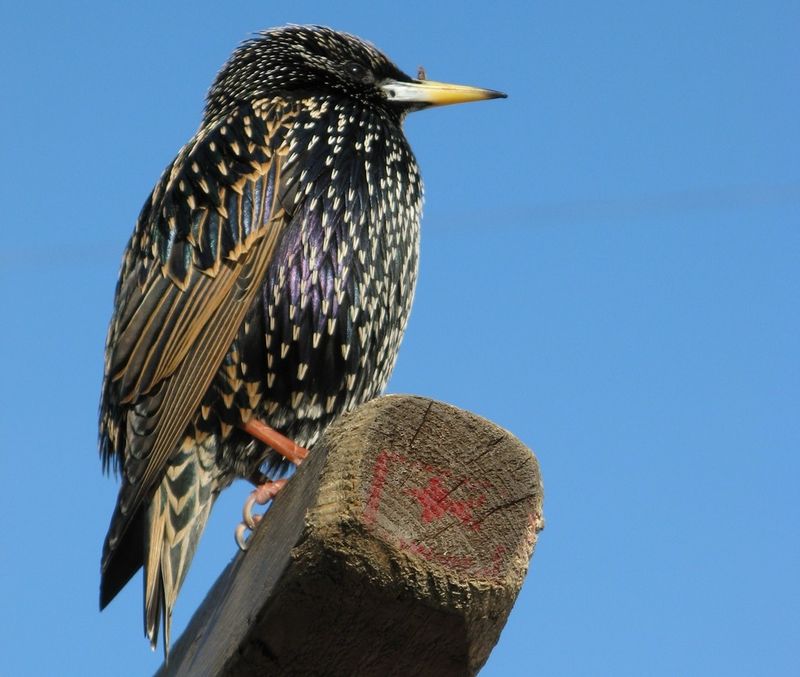
Introduced in the 19th century, European Starlings now thrive across North America. Originally brought to the U.S. for cultural reasons, they quickly adapted and proliferated. Starlings outcompete native birds for nesting sites, causing declines in local bird populations.
These birds are highly social and often form large flocks, creating risks at airports and noise pollution in urban areas. Their diet includes insects and seeds, impacting agriculture.
Efforts to manage their numbers involve habitat modification and exclusion techniques. Despite these initiatives, starlings remain one of the most widespread invasive birds in America.
Feral Swine
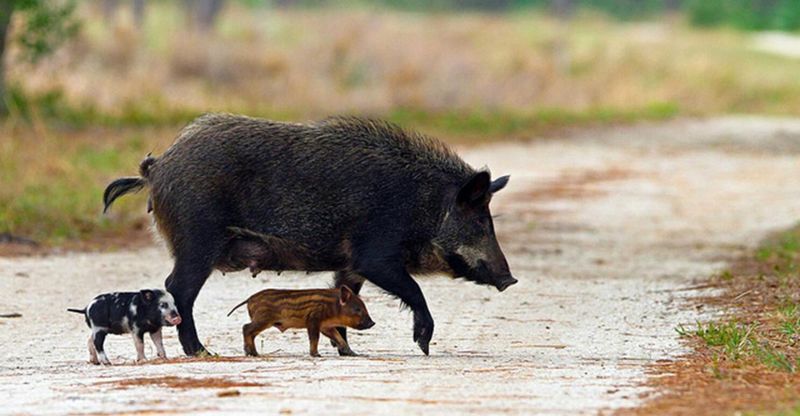
Feral swine, or wild pigs, are among the most destructive invasive mammals in the U.S. Originally domesticated, they escaped or were released, now inhabiting over 35 states. These adaptable animals damage crops, native plants, and even threaten livestock.
Their rooting behavior disrupts soil composition and water quality, affecting diverse ecosystems. Feral swine also carry diseases transmissible to other animals and humans.
Management includes hunting, trapping, and fencing, but their populations continue to expand. The resilience and adaptability of feral swine make them a formidable challenge for conservationists and farmers alike.
Green Iguana
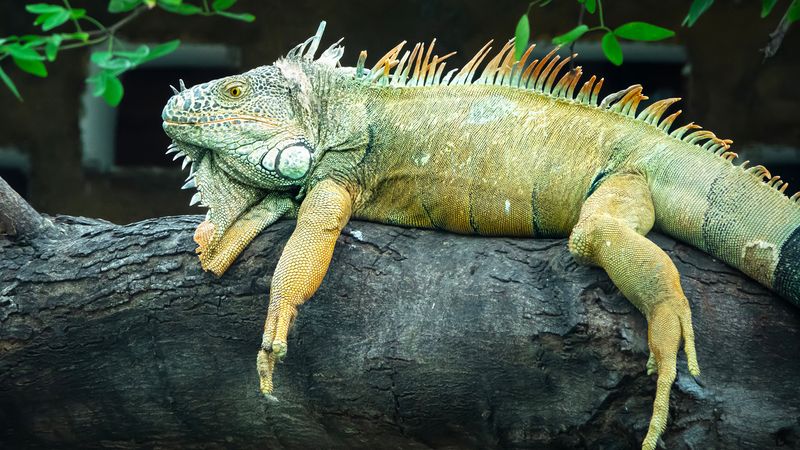
Green Iguana
Native to Central and South America, the green iguana has thrived in the warm climates of Florida and beyond. These lizards, often seen basking in the sun, have become a common sight in many suburban areas.
Green iguanas are known for their aggressive feeding habits, often devouring ornamental plants and disrupting local flora. Their burrowing behavior can also cause damage to infrastructure, such as roads and levees.
Efforts to control their population include pet ownership regulations and public awareness campaigns. Despite these efforts, the green iguana continues to be a pervasive presence in many communities.
Cane Toad
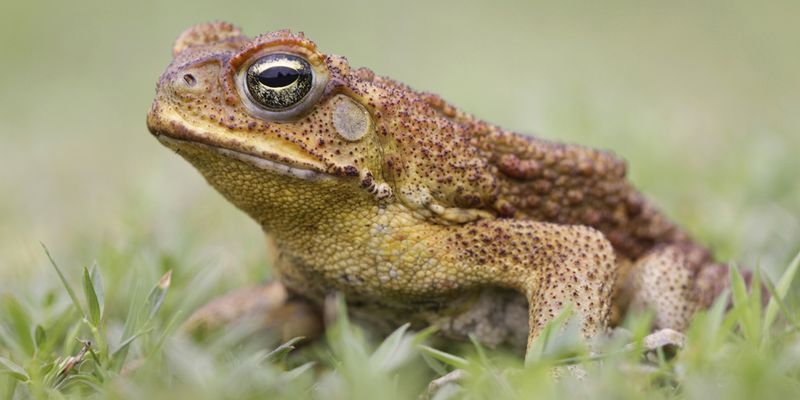
Originally from Central and South America, Cane Toads were introduced to control pests in sugarcane fields. Now, they spread across the southern U.S., particularly Florida. Cane Toads produce a potent toxin, harmful to predators and pets.
Their presence reduces native amphibian populations, disrupting the ecological balance. These toads thrive in urban and rural environments, often found in gardens and near water bodies.
Management strategies include public education and physical barriers. Despite these efforts, Cane Toads continue to expand their range, illustrating the challenges of controlling invasive amphibian populations.
Brown Tree Snake
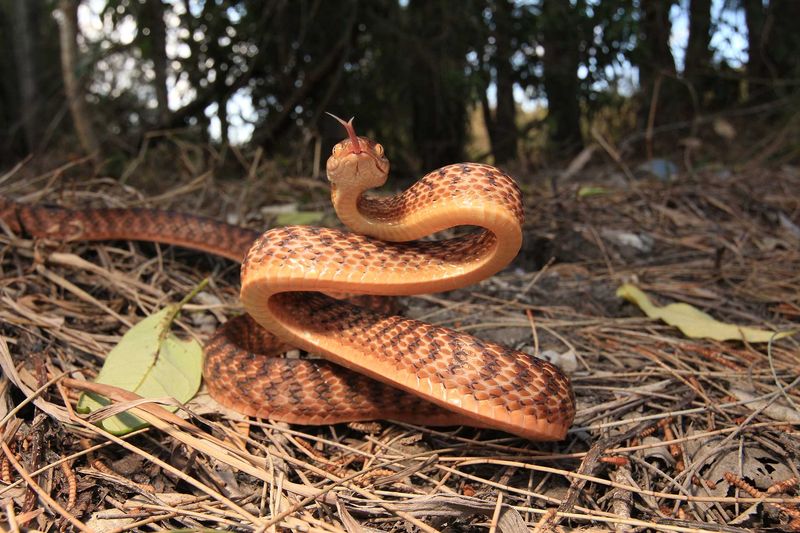
The Brown Tree Snake, native to Australia and Papua New Guinea, has caused ecological havoc on Guam. Accidentally introduced, it has decimated native bird populations, contributing to several extinctions.
These arboreal snakes also pose risks to electrical infrastructure, causing power outages. Efforts to control their spread include trapping and the use of snake-detecting dogs.
Research into biological control methods is ongoing. While primarily an issue in Guam, the potential spread to Hawaii and other Pacific islands remains a concern. The Brown Tree Snake is a prime example of how an introduced predator can alter entire ecosystems.
Asian Longhorned Beetle
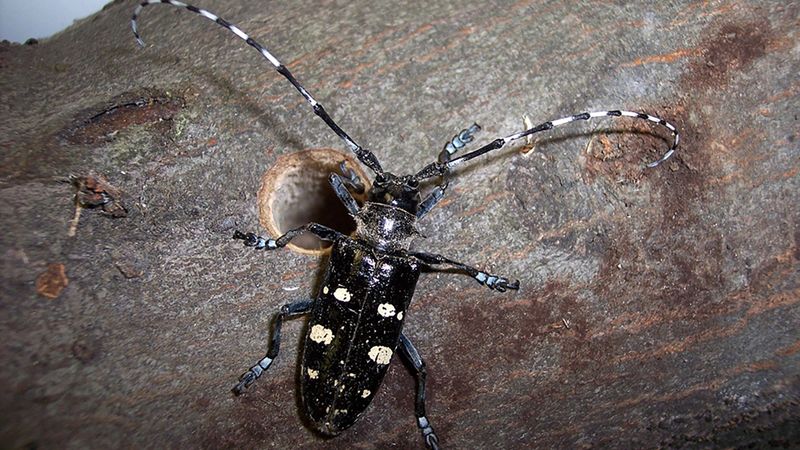
The Asian Longhorned Beetle is a wood-boring pest introduced from Asia via shipping materials. It targets hardwood trees like maples and elms, causing structural damage and tree death. Infestations are particularly severe in the northeastern U.S.
Efforts to manage this beetle include tree removal and quarantine measures to prevent movement of infested wood. Public reporting and awareness are crucial in detecting new outbreaks.
Though eradication efforts have seen some success, vigilance is needed to prevent further spread. The beetle’s impact on forestry and urban landscapes underscores the challenges of invasive insect management.
Lionfish
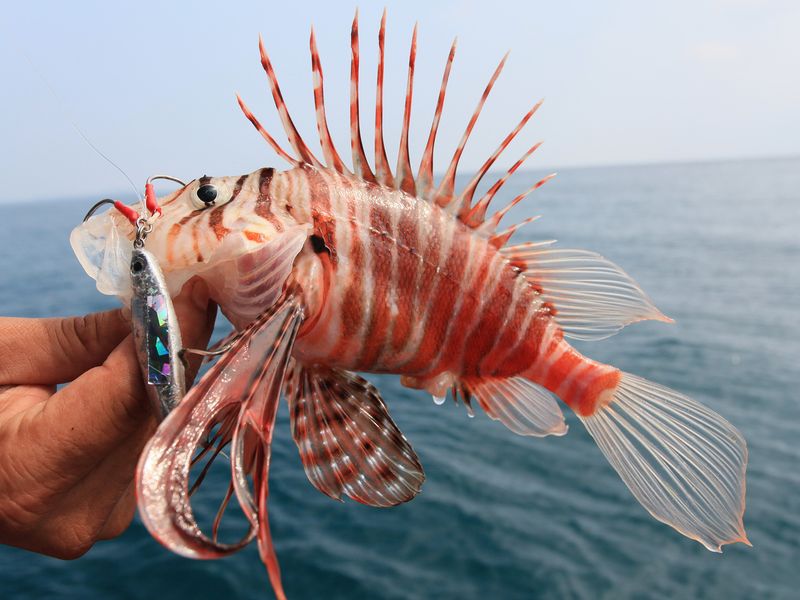
Lionfish, native to the Indo-Pacific, have become a significant threat to Atlantic and Gulf of Mexico ecosystems. Likely introduced through aquarium releases, these fish possess venomous spines and voracious appetites.
They prey on native fish species, reducing local biodiversity and disrupting reef ecosystems. Management strategies include promoting lionfish as a culinary delicacy and organizing culling events.
Despite these efforts, lionfish continue to spread, highlighting the difficulty of controlling marine invasives. Their presence serves as a reminder of the fragility and interconnectedness of marine ecosystems affected by human actions.
Emerald Ash Borer
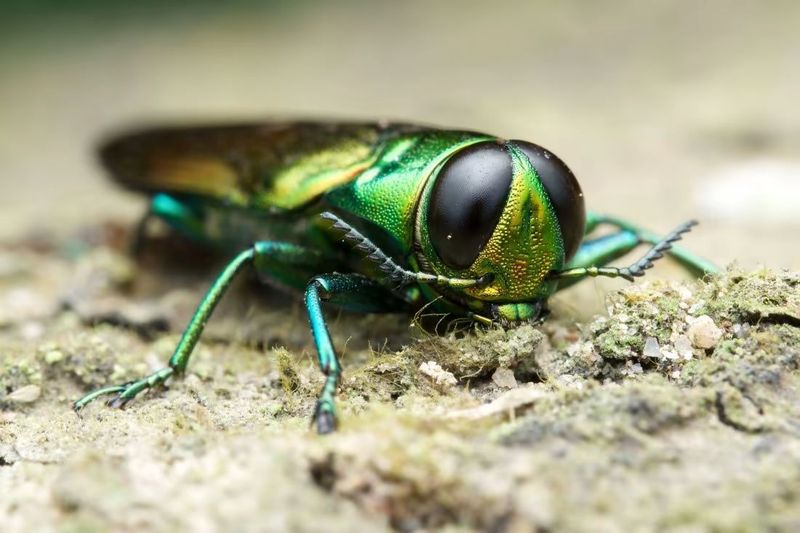
The Emerald Ash Borer is a deadly beetle native to Asia, discovered in North America in 2002. It targets ash trees, leading to widespread tree death across affected regions. The beetle’s larvae burrow under bark, disrupting nutrient flow.
Management efforts include chemical treatments and public awareness campaigns to prevent firewood movement. Biological control using parasitoid wasps is also explored.
Despite these measures, the beetle continues to spread, threatening millions of ash trees. The Emerald Ash Borer illustrates the profound impact invasive insects can have on forestry and urban landscapes.
European Green Crab
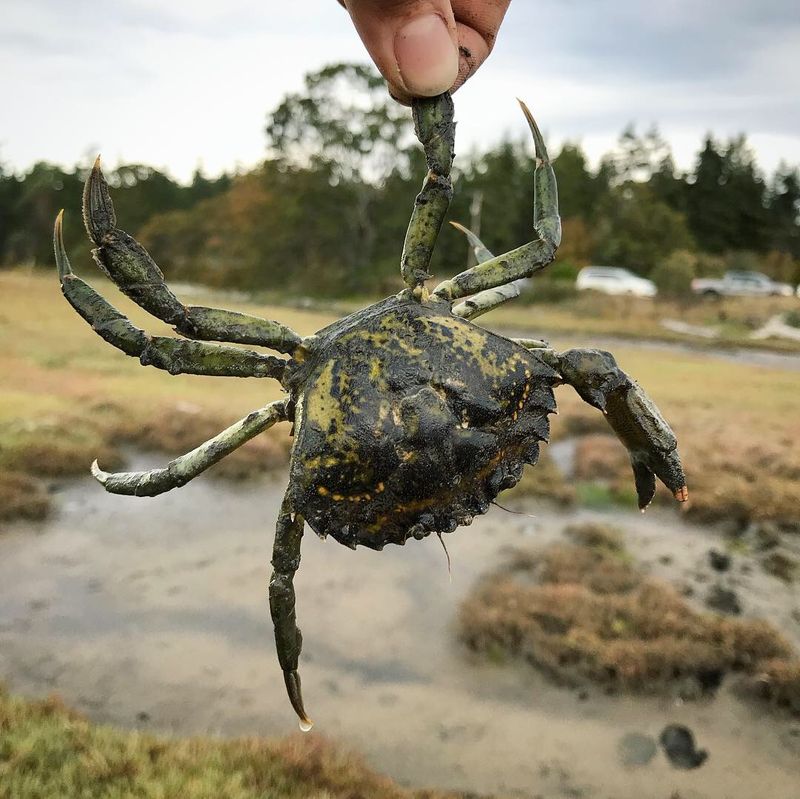
The European Green Crab is a small, agile crustacean that has invaded North American coasts. Its presence is particularly noted in the Northeastern U.S. and California. These crabs outcompete native species for food and habitat, impacting local marine ecosystems.
Efforts to control their populations include trapping and habitat modification. Researchers also explore the potential of using them as a food source. However, the crab’s adaptability makes containment difficult.
The European Green Crab is a reminder of the complex challenges posed by marine invasive species, affecting biodiversity and fisheries.
House Sparrow
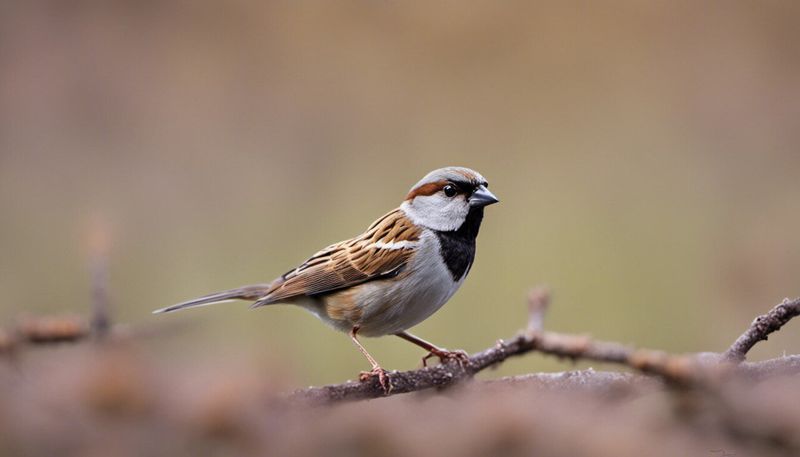
House Sparrows, originally from Europe, were introduced to North America in the 19th century. They have since spread across the continent, thriving in urban and rural environments. These birds compete with native species for nesting sites, affecting local bird populations.
House Sparrows are particularly aggressive, often displacing other birds from their habitats. Management includes nest removal and habitat modification, aiming to protect native species.
Despite these efforts, they remain widespread, demonstrating the adaptability and resilience of invasive bird species in diverse environments.
Asian Tiger Mosquito
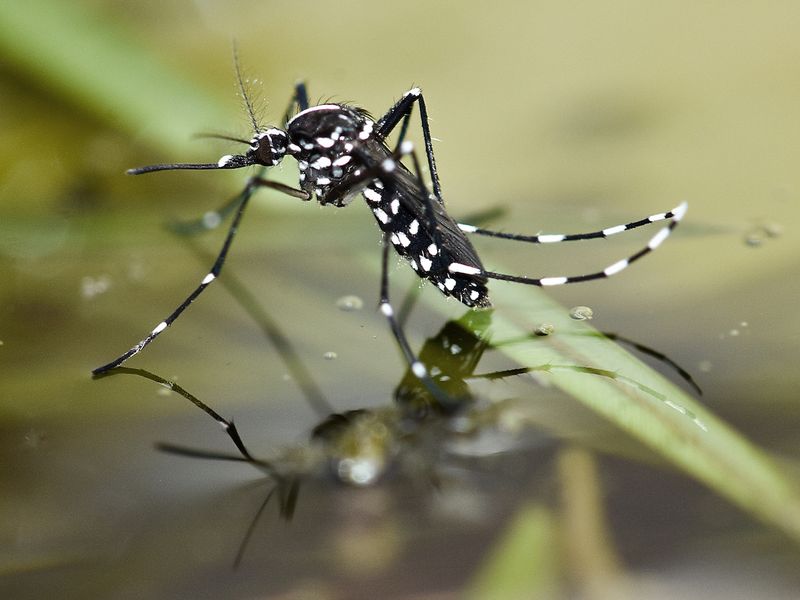
The Asian Tiger Mosquito, a native of Southeast Asia, has become a persistent pest in the U.S. Known for its striking black and white stripes, this mosquito is an aggressive daytime biter. It arrived via international trade, quickly spreading across the southeastern states.
Aside from being a nuisance, it vectors diseases like West Nile and Zika virus. Control strategies include public education, source reduction, and the use of larvicides.
Despite these measures, its adaptability continues to pose challenges. The Asian Tiger Mosquito exemplifies the public health concerns associated with invasive insect species.
Northern Snakehead
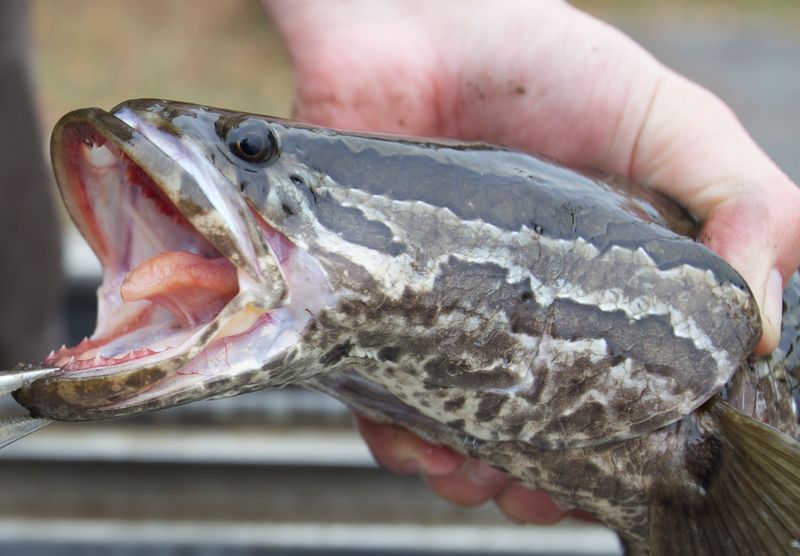
The Northern Snakehead, native to Asia, is a top predator that has invaded waterways in the U.S., particularly in the Mid-Atlantic region. Known for its ability to breathe air and move on land, it preys on native fish and amphibians.
Efforts to control its spread include fishing tournaments and public education campaigns. However, its ability to survive in diverse environments complicates eradication.
The Northern Snakehead’s presence underscores the challenges of managing aquatic invasives, affecting local biodiversity and recreational fishing industries.
Red Imported Fire Ant
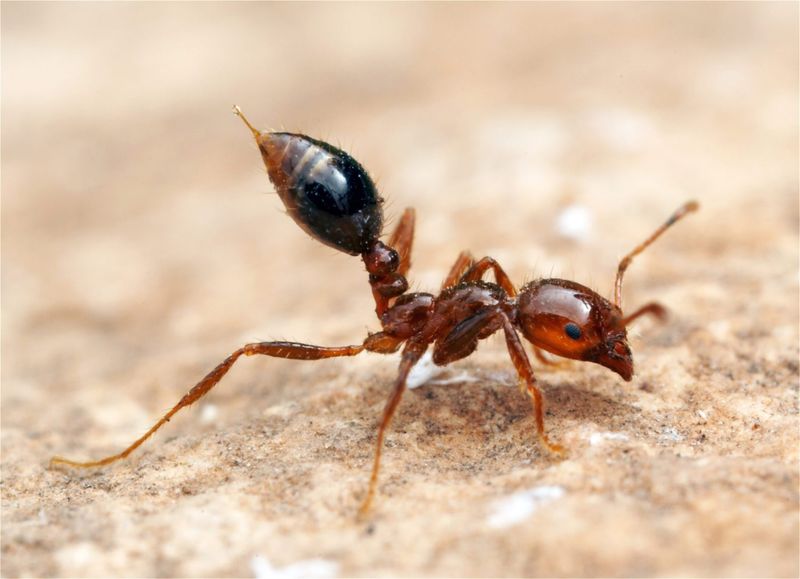
The Red Imported Fire Ant, native to South America, is infamous for its painful sting and aggressive behavior. These ants have spread across the southern U.S., forming large colonies that outcompete native ant species.
Their mounds can damage crops and equipment, causing economic losses. Management includes chemical treatments and biological control methods.
Despite these efforts, they remain a pervasive problem, illustrating the difficulties of controlling invasive ant populations. The Red Imported Fire Ant serves as a reminder of the ecological and economic impacts of invasive insects.
Argentine Ant
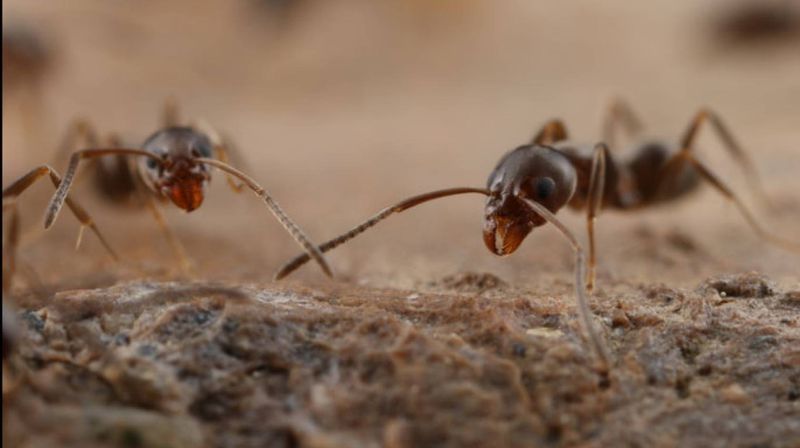
Argentine Ants, originally from South America, are now a common household pest in the U.S., especially in California. They form supercolonies, dominating areas and displacing native ant species.
These ants invade homes in search of food, creating challenges for homeowners. Control methods involve baiting and exclusion techniques.
Despite these measures, their persistence makes them difficult to eradicate. The Argentine Ant’s success highlights the adaptability of invasive insects and their impact on native biodiversity and human habitats.
Common Carp
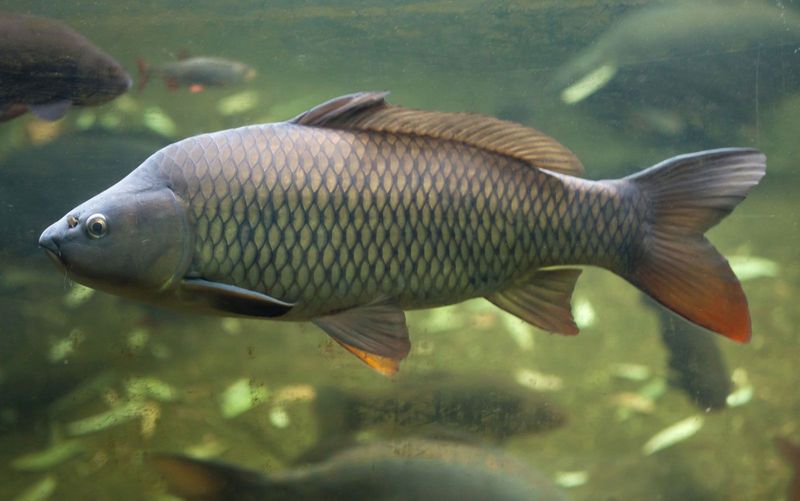
Common Carp, native to Europe and Asia, have been in North American waters since the 19th century. These fish stir up sediments, increasing water turbidity and affecting aquatic plant life.
Their feeding habits disrupt ecosystems, leading to declines in native fish and invertebrate populations. Management includes commercial fishing and habitat modification.
Despite these efforts, Common Carp remain prevalent, showcasing the challenges of controlling invasive fish species. Their widespread presence highlights the long-term ecological impacts of non-native species introductions.
Mute Swan
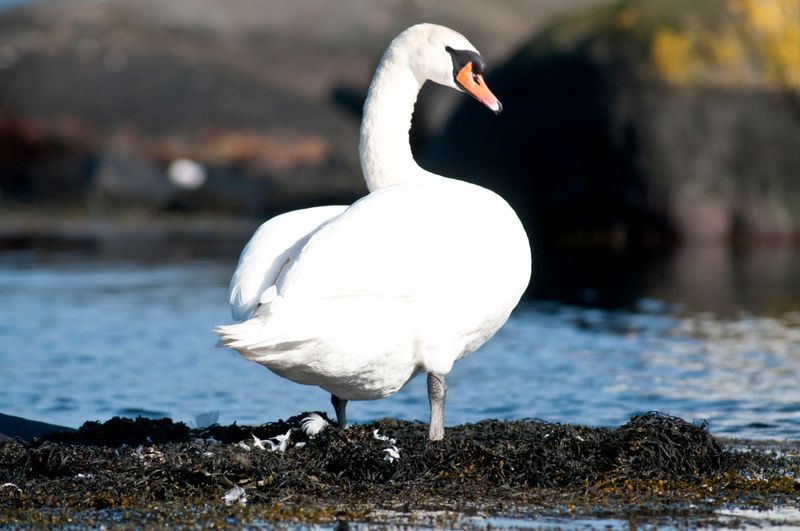
Mute Swans, native to Europe, were introduced to North America for ornamental purposes. These large birds have established populations in the northeastern U.S. and Great Lakes region.
Mute Swans are aggressive, often displacing native waterfowl from their habitats. Their feeding habits can degrade aquatic vegetation, impacting local ecosystems. Management efforts include population control through egg addling and habitat modification.
Despite these initiatives, Mute Swans continue to thrive, illustrating the challenges of balancing conservation with invasive species control. Their presence is a reminder of the ecological complexity introduced by non-native species.
Tegu Lizard
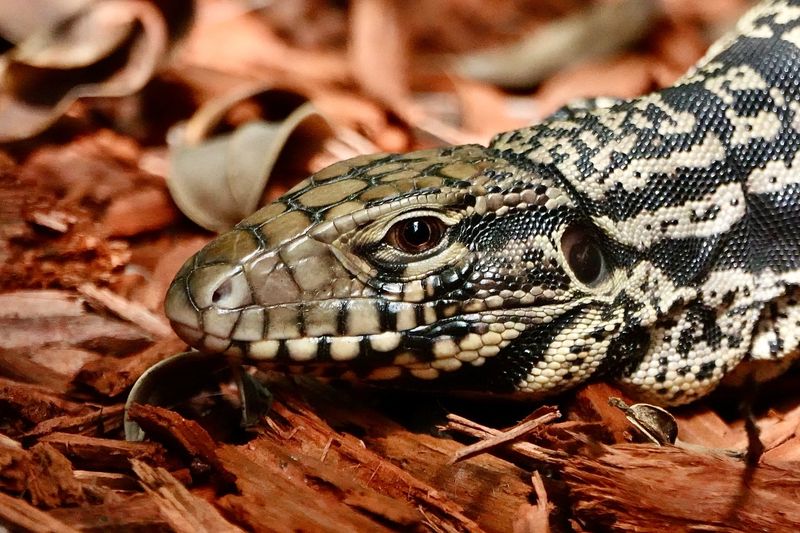
Tegu Lizard
Tegu lizards, native to South America, have established themselves in parts of the southeastern US, including Florida and Georgia. Their omnivorous diet allows them to consume a wide variety of native species, impacting local wildlife populations.
Their presence poses a threat to ground-nesting birds and small mammals. Tegus are also known to raid nests for eggs, further endangering vulnerable species.
Efforts to control their population include active trapping and public education to prevent their spread. Their adaptability makes them a challenging invasive species to manage effectively.

